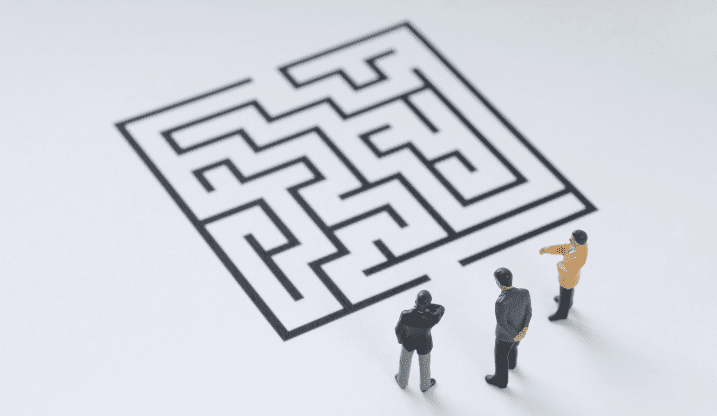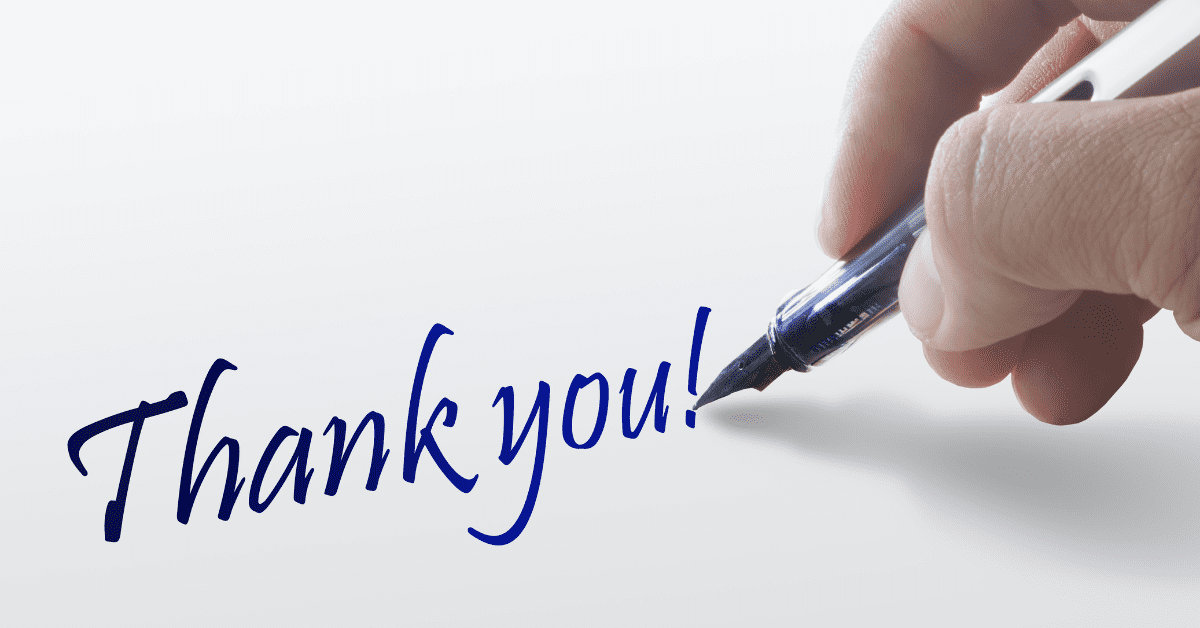Hiring right the first time has become a pivotal factor in the success of organizations. The art of hiring smart is more than just a motto; it’s a strategic approach to identifying and securing top talent that aligns with company culture and objectives. Let’s delve into the key barriers that can hinder the hiring process and discuss practical solutions to overcome them, ensuring that every hire is a step toward building a stronger, more cohesive team. Whether you’re a seasoned HR professional or a business leader looking to refine your hiring strategy, understanding these barriers is the first step toward making great hires that drive your organization forward.
Obstacles
Barriers include compromising on qualifications, where the tendency to settle for less-than-ideal candidates can lead to underperformance and a misalignment with job requirements. Another pitfall is relying on luck or instinct, which can result in hiring decisions based on gut feelings rather than objective evaluations, leading to unpredictable outcomes. Additionally, maintaining an inconsistent interview process, with varying questions and criteria, can create an unfair process, ultimately selecting candidates who may not be the best match for the role and the company culture. To overcome these obstacles, consider having a standardized hiring process, using behavioral interviewing techniques, and leveraging tools like the Omnia Behavioral Assessment for objective insights.
Process
A great hire possesses the necessary hard and soft skills, a strong desire to join the team, and the innate traits that align with the position. The keys to making a great hire are knowing what is needed in a candidate, having a structured hiring process, and using multiple data points to make informed hiring decisions. By systematically evaluating personality traits alongside skills and experience, you can make more informed hiring decisions, leading to a better fit, reduced turnover, and improved team dynamics.
- Understand the Role and Culture: Clearly define the personality traits that are essential for the role and align with your company culture. This understanding will guide your assessment of candidates.
- Objective Insight: Use objective tools and methods to gain insights into a candidate’s personality. This could include personality assessments, behavioral interviews, and observations during simulations or job-specific tasks.
- Behavioral Interviewing: Implement behavioral interviewing techniques to uncover how candidates have acted in the past, as past behavior is a good predictor of future performance. Ask questions that require candidates to provide specific examples of how they have handled various work-related situations.
- Assess Fit: Evaluate whether the candidate’s personality traits and behaviors align with the job requirements and the company’s culture. This involves assessing both their hard skills and personality.
- Job-Specific and Culture Questions: Develop interview questions that are tailored to the job and the culture of the workplace. This will help you understand if the candidate’s personality is suited to the role and the environment.
- Consider Simulations: Where possible, use simulations or job-specific tasks to observe how candidates perform in realistic scenarios, which can reveal their personality traits in action. This can provide insights into their problem-solving skills, teamwork, and other relevant behaviors.
- Establish Job Criteria: Clearly define both the “must-have” qualifications and the “nice-to-have“ traits for the position. This will help you focus on the most critical personality traits during the hiring process.
Interview
- Develop Job-Specific and Culture/Workplace Questions: Tailor questions to the specific requirements of the job and the culture of your workplace. This ensures that the candidate’s responses are directly relevant to the role and the environment they would be joining.
- Understand Who You Are Hiring: Clearly define the qualifications and traits needed for the role. This understanding will guide your interview process and help you assess candidates more objectively.
- Uncover Potential Challenges: Use behavioral questions to explore how candidates have handled difficult situations in the past. This can reveal their resilience, adaptability, and problem-solving abilities.
- Assess Candidate Fit: Evaluate how well the candidate’s personality and work style align with the team and the company culture. This includes assessing both their technical skills and their ability to work effectively within your organization.
- Engage in Small Talk for 3-5 Minutes: Begin the interview with light conversation to put the candidate at ease. This can help establish rapport and make the candidate more comfortable, leading to more natural responses.
- Take Notes: Document the candidate’s responses during the interview. This not only helps you remember key points but also demonstrates that you are actively listening and taking the interview seriously.
- Use a Scorecard: Develop a scoring system to evaluate candidates consistently across different interviews. This ensures that all candidates are assessed against the same criteria.
- Close on a Positive Note: End the interview on a positive note, with the interviewer doing about 20% of the talking to allow the candidate to express their thoughts and ask questions.
- Don’t Forget to Watch Body Language: Pay attention to non-verbal cues, as they can provide additional insights into the candidate’s comfort level, honesty, and engagement.
- Rephrase the Question: If a candidate does not understand a question or provides an inadequate response, rephrase the question to ensure clarity and give them another chance to answer effectively.
- Know When to Stop: Recognize when a candidate has fully answered a question or when pursuing a line of questioning is no longer productive. This ensures that the interview remains respectful and efficient.
In conclusion, the journey to making great hires is a strategic endeavor that requires a thoughtful and methodical approach. By recognizing and overcoming the key barriers, having a process, and conducting behavioral interviews, you can transform your hiring practices into a robust system that consistently attracts and selects top talent. Remember, the goal is not just to fill positions but to create a team where every member contributes to the company’s growth and shares its values. With these insights, you’re equipped to elevate your hiring game, ensuring that each new hire is not just a good fit but a great one, ready to bring their unique skills and perspectives to the table.























